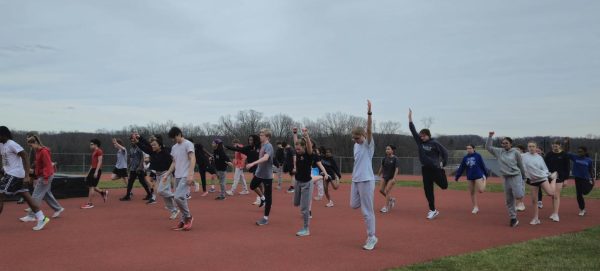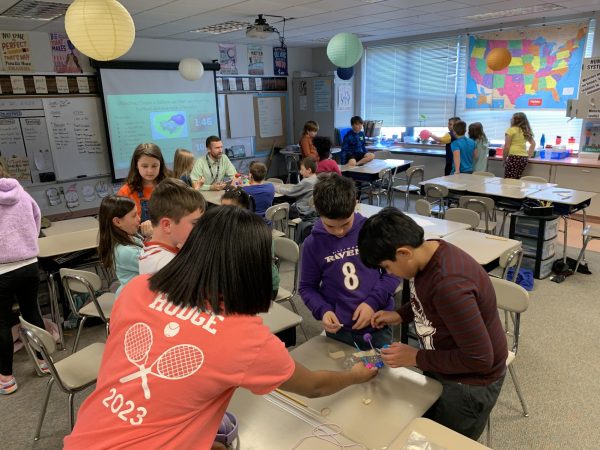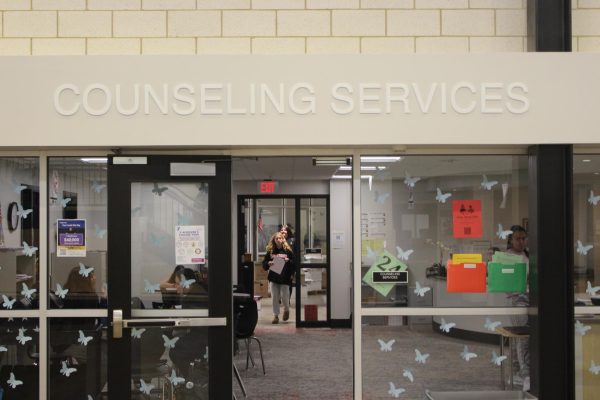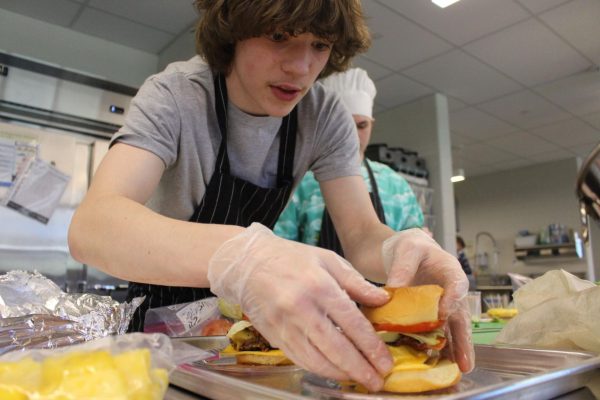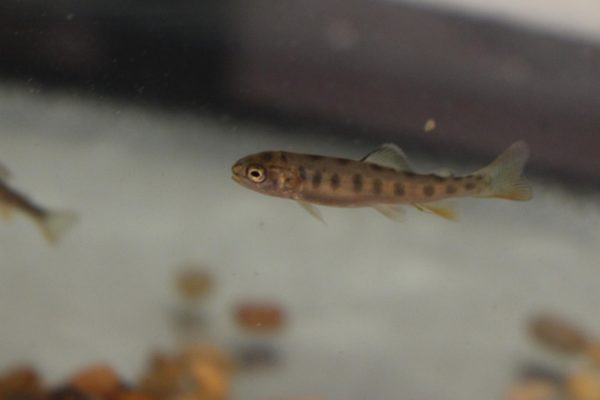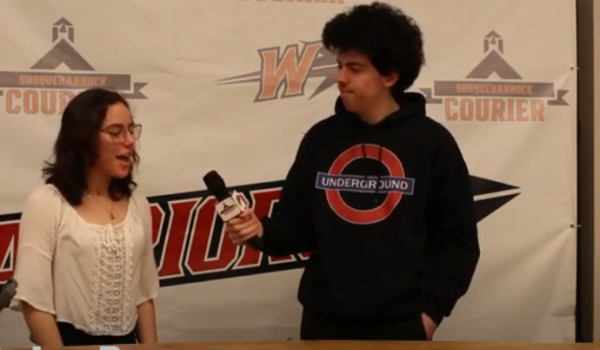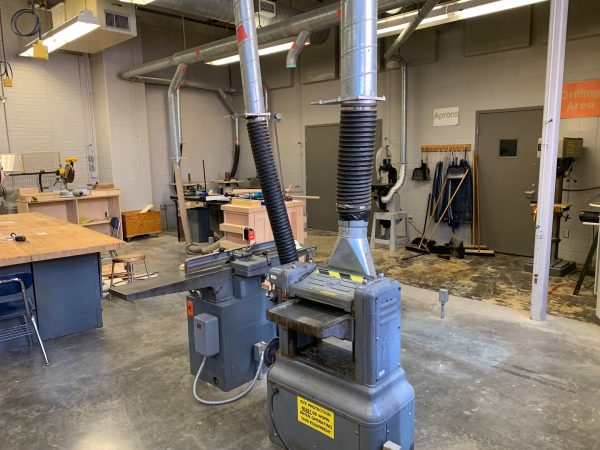Anatomy Students Dig into Sheep Hearts
March 20, 2016
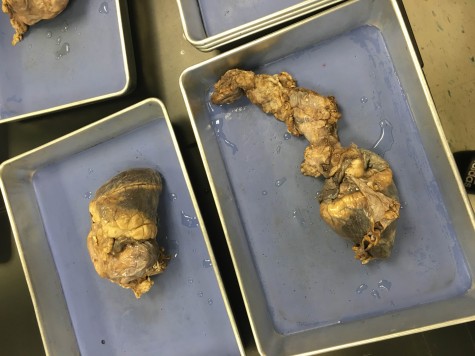
The anatomy students have put down their pencils and picked up their scalpels, getting ready to dissect a sheep heart for the first time.
The dissection started on March 8 when the students were wrapping up their previous cat dissection. The main areas the students are analyzing are the vessels and their blood flow to the heart. During this unit, the students are studying the endocrine system and its effects and functions for the body.
The sheep heart is a great way of figuring out blood flows to the heart due to its complicated but simplified structure on the inside. The heart is split up into the left and right side. These two sides help the student clearly identify the muscles and features of this broken heart.
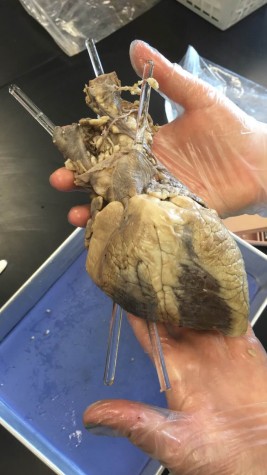
This heart has a total of 4 chambers which is more chambers than any other muscle. The chambers are the right and left ventricle and atrium. Using these chambers, the student is able to find out where the blood flow starts and ends. Also, this sheep heart has 4 vessels that the students have to identify. They are the aorta, pulmonary vein, artery and the superior vena cava.
Once all the vessels have been identified then it’s only a matter of seconds until the blood flow is figured out. Given that the heart has 4 chambers and 4 vessels, it makes it easier on the students that one vessel flows into one chamber.
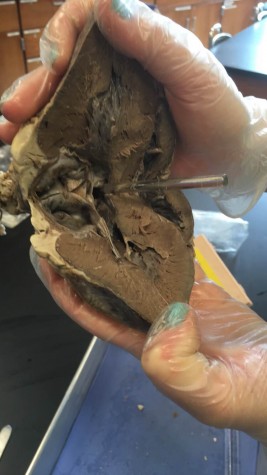
Senior Ashley Stone was excited about the sheep heart.
“I was grossed out at first, but now I’m excited to learn about it,” Stone said.
Senior Rachel Miller thought the sheep heart was weird
“It was definitely weird at first, but once we got it all covered it turned interesting,” Miller said.
The students had three days to learn the main vessels and chambers leading up to a lab practical on March 14.



